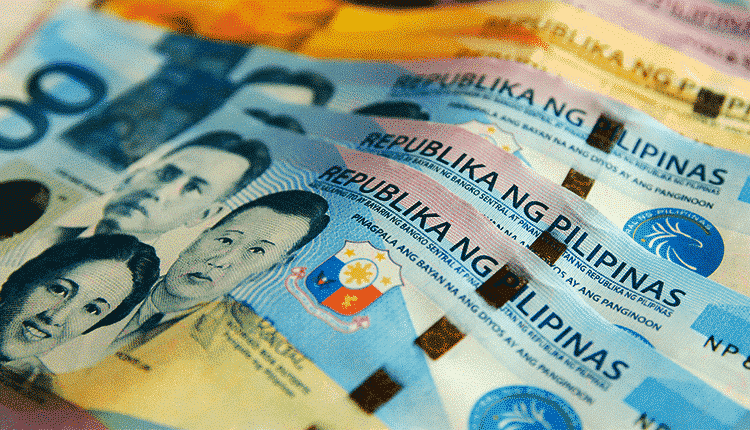
Imports Fell but Supported Asia’s Best-Performing Currency
The Philippines’ dropping imports due to a weak domestic economy has ended up benefiting its currency – becoming the best performer in Asia so far this year.
For this year, the Philippine peso has strengthened about 4% against the U.S. dollar, outperforming regional peers. Also, it’s one of the few Asian currencies that recorded gains against the greenback, aside from the Chinese yuan and Taiwanese dollar.
The collapse in demand for imports arrived after the Southeast Asian country experienced one of the longest and strictest lockdowns to contain the coronavirus. The decline in imports was steeper than exports – proving to be a boon to the currency as it pushed the Philippines’ currency account into surplus.
The current account measures a country’s overall transactions with the rest of the world. And this includes imports and exports of goods, cross-border investments, and transfers like foreign aid.
Senior economist for the Philippines at ING, Nicholas Mapa, stated, “The continued fall in imports translates into subdued demand for foreign currency and would likely lead to short term support for PHP.”
He also wrote that the Philippine peso further outperforms regional peers as the country posts a current account surplus year-to-date in 2020. And this is mainly because of the substantial drop-off in imports, making Mapa expect the trend to continue going into 4Q 2020.
These kinds of surplus and continued foreign buying of Philippine bonds contributed to a boost in its foreign currency reserves. As a result, it helps shield the economy against external shocks – another development supporting the Philippine peso’s strength.
The Philippine Economy
The strict lockdown to slow the spread of the coronavirus disease negatively hit the Philippine economy. It listed as one of Asia’s worst contractions in the second quarter after shrinking by 16.5% on a year-on-year basis – its first recession in almost three decades.
The country’s over 248,900 cumulative reported cases of COVID-19 are the highest in Southeast Asia – a data compiled by John Hopkins University. Out of the positive cases, 4,066 have died.
Currency Strength
In the near term, a contested U.S. presidential election outcome might add pressure to the Philippine peso. And that is due to investors reducing their exposure to assets in emerging markets in favor of safer investment options.
Then, a reopening of the Philippine economy and resumption in imports might make the currency weaker for the longer term.
The reports states, “As domestic restrictions measures are eased, we forecast a gradual reversal of the current account’s improvement, with the existing account shifting to a deficit of 0.9% of GDP in 2021.”
Nonetheless, the analysts have not ruled out the chance of further appreciation in the Philippine peso. And that is mostly if imports stay weak as demand for exports picks up. This would fuel the current account even more.
The analysts explained that they could see the peso appreciate through 2021 with this and the continued U.S. dollar weakness and positive investor sentiment around assets.




